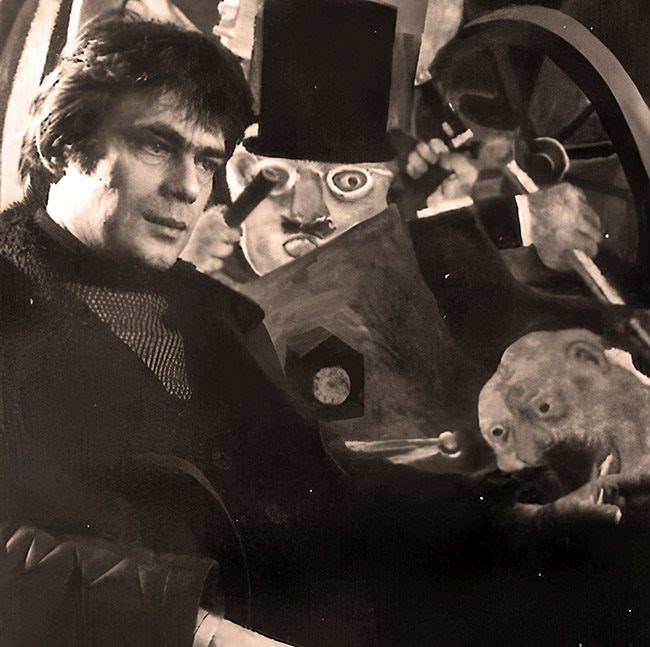
Evaluation Franz Borghese
Franz Borghese Valuations - Want to sell a Franz Borghese piece? Request a complimentary and confidential valuation!Colasanti Casa d'Aste will review your submission and offer a free-of-charge estimate, if your item is suitable for our auctions.
biography
Franz Borghese, born in Rome on January 21, 1941, and deceased in the same city on December 16, 2005, was one of the leading figures in Italian painting and sculpture of the second half of the 20th century. He trained at the Liceo Artistico di Via Ripetta, where he studied under prominent teachers such as Domenico Purificato, Giuseppe Capogrossi, Umberto Maganzini, and Giulio Turcato. Borghese began painting during his high school years, showing early artistic promise. In the late 1950s, he frequented Via Margutta, the heart of Rome’s artistic life, and in 1961 opened his first studio with Sebastiano Sanguigni, later moving to Via Pompeo Magno in the Prati district, where he remained for a decade. In 1964, he founded the group and magazine “Il Ferro di Cavallo,” a meeting point for intellectuals and artists of the time, and in 1967, together with Daniela Romano and Giorgio Fasan, he created the experimental painting-film “La grande mela,” screened at the XI Festival dei due Mondi in Spoleto. His first solo exhibition took place in 1968, the year he exhibited the large painting “In morte di Luther King” and participated in the VI Exhibition of Figurative Arts of Rome and Lazio. During the 1970s, Borghese developed a distinctive style marked by irony, satire, and at times a bitter tone, portraying the early 20th-century bourgeoisie with a universal language, inspired by masters such as George Grosz, Otto Dix, James Ensor, Mino Maccari, and Heinrich Hoerle. Among his most famous pieces are “Coniugi,” “Folla sul mare,” “Giochi di società – non vedo non sento non parlo,” and the bronze sculptures “L’abbraccio” and “Dichiarazione d’amore.”











